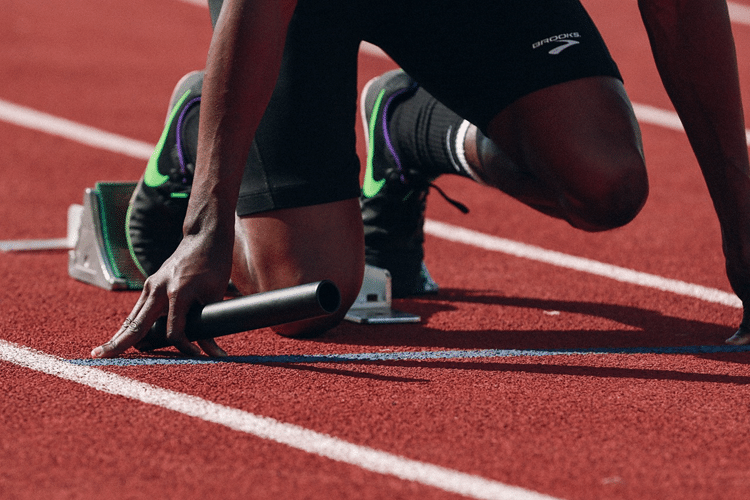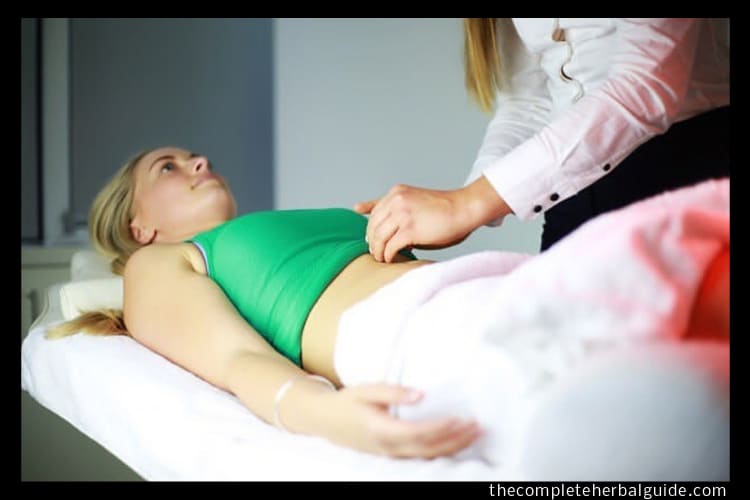
How Acupuncture Regulates Blood Pressure
Acupuncture regulates blood pressure by exploiting a complex system known as the neuroendocrine system, which is composed of the endocrine system (primarily the hypothalamus, pituitary, and thyroid/adrenals), and the intricate working relationship it has with the nervous system. The endocrine system regulates hormones and metabolism.
The autonomic nervous system (ANS) is divided into two arms, a sympathetic branch (fight or flight), which plays a role in helping regulate the vascular tone and blood volume of the heart; and a parasympathetic branch (rest and digest), that regulates body processes like blood pressure and breathing.
The central nervous system (CNS) is a two – way communication network consisting of the brain and spinal cord, which processes all the information from the body and external stimuli. Information is collected by the nervous system, relayed through the spinal cord to the brain, and then the brain sends signals to the body through the same mechanism. In terms of research, there is an ongoing accumulation of data on the regulatory effect of acupuncture on the endocrine system, and how it can restore balance to hormone levels. This includes studies on thyroid hormones, corticosteroids, and reproductive hormones.
Modern research has also confirmed the effects of acupuncture on the autonomic nervous system (ANS) in a wide array of studies on (ANS) disorders such as anxiety, insomnia, polycystic ovary syndrome (PCOS), cardiovascular disease, and epilepsy. Over the last decade, there has been an increase in neuroimaging studies on the effects of acupuncture on brain centers due to advancements in imaging technologies. In one study,
In one study, electroacupuncture was used to activate specific parts of the brain eliciting a hypotensive effect via the (CNS). Recent investigations have indicated that one of the major contributors to high blood pressure is an overactive sympathetic nervous system (SNS). When the (SNS) becomes over-stimulated or dominant, it can cause vasoconstriction of the arteries in the heart; thereby inducing a hypertensive state.
The latest studies show that one of the mechanisms by which acupuncture lowers blood pressure is by down-regulating the (SNS). One such study found that electroacupuncture activates neurons in the brain, which inhibits (SNS) activity by stimulating the opioid system (endorphins, encephalin) and nociception. Endogenous opioids modulate the bar reflex control system, which is a feedback loop between the heart, brain, spinal cord (CNS), (SNS) and the (PNS.) When the (PNS) is stimulated in this feedback loop, it inhibits sympathetic nerve activity and therefore lowers the blood pressure. There have also been studies showing that acupuncture outperforms Captopril, a commonly prescribed angiotensin-converting enzyme inhibitor (ACE – inhibitor) for high blood pressure.
One of these studies that compared electroacupuncture to Captopril concluded that electroacupuncture was significantly more effective than the Western medication at controlling blood pressure. A German study comparing true acupuncture to antihypertensive medications concluded that blood pressure reductions with acupuncture are comparable to monotherapies with ACE – inhibitors.
Table of Contents
What are Acupoints?
When treating hypertension, we select a specific combination of acupoints, which vary depending on the particular clinical presentation of hypertension and any underlying causes. We have many options to choose from on either the front or back side of the body, distal points on the extremities, as well as, points on the ears. When we choose back points, some of which are referred to as back Shu points or points that are organ-specific, in this case, Heart-specific, we often choose Jueyinshu – BL 14 or Xinshu – BL15. These two points are specific for the pericardium and the heart respectively. They’re located in the upper thoracic region at the level of T4 and T5 spinal vertebrae; which innervate the heart via sympathetic nerves. Their traditional Chinese Medicine (TCM) actions are as follows:
When treating hypertension, we select a specific combination of acupoints, which vary depending on the particular clinical presentation of hypertension and any underlying causes. We have many options to choose from on either the front or back side of the body, distal points on the extremities, as well as, points on the ears. When we choose back points, some of which are referred to as back Shu points or points that are organ-specific, in this case, Heart-specific, we often choose Jueyinshu – BL 14 or Xinshu – BL15. These two points are specific for the pericardium and the heart respectively. They’re located in the upper thoracic region at the level of T4 and T5 spinal vertebrae; which innervate the heart via sympathetic nerves.
Their traditional Chinese Medicine (TCM) actions are as follows:
Jueyinshu – BL 14
Regulates the heart
Unbinds the chest
Regulates & descends Qi
Xinshu – BL15
- Tones and nourishes the Heart
- Regulates Heart Qi
- Calms the spirit (spirit being the (SNS)
- Unbinds the chest and resolves blood stasis
- Clears Heart fire
Cure with Eastern Medicine
Eastern medicine is a dynamic system of medicine, which includes numerous forms and variations of treatments that the practitioner can choose from. For this reason, treatment protocols for blood pressure will vary from one practitioner to another depending on the disease presentation, and the style and perspective of the practitioner. Generally speaking, herbal therapy takes precedence in most treatment plans and acupuncture is used as an adjunct. This is because herbs work at a deeper level and continue the treatment while the patient is at home, while acupuncture works at a more superficial level. Together they formulate a cohesive treatment strategy that is very effective at treating the root cause of disease. For any treatment to be truly effective, no matter what the cause of high blood pressure is, it requires a great effort by the patient to make lifestyle modifications that will promote a heart-healthy future.
This includes:
- Changes in diet & nutrition
- Physical exercise (approved by your acupuncturist/physician)
- Light exercise (Tai Chi, Qigong, yoga, meditation)
- Quality sleep
To know more about Scott Stewart- visit www.healinglotus.co
AUTHOR
Scott Stewart Scott is a licensed & board certified (NCCAOM) acupuncture specialist who believes in treating the whole person (body, mind, and spirit). He achieves this through an integrative approach that combines Eastern & Functional medicine, both of which focus on exposing the root of disease. His ultimate goal for patients is to have the ability to make healthier choices, in order to support their improved quality of life.






